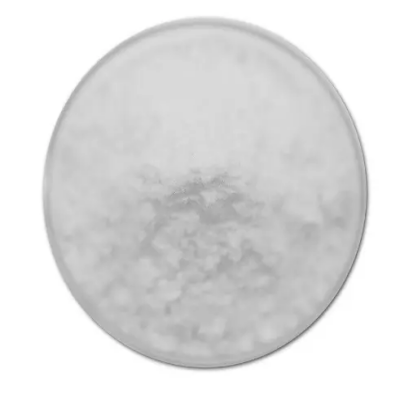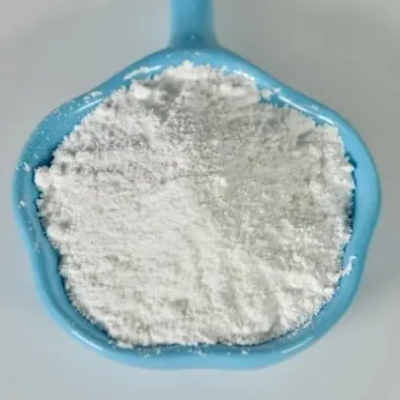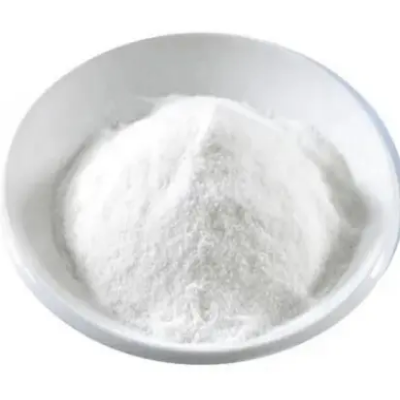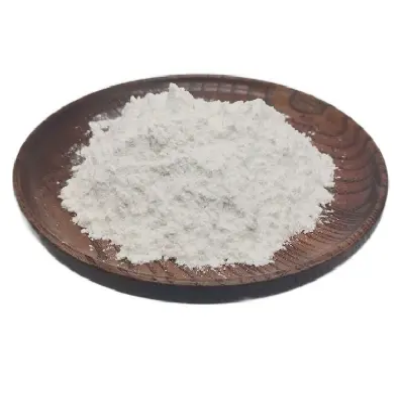8-Bromo-3-methyl-xanthine CAS:93703-24-3
Synthesized through specialized organic methods, 8-bromo-3-methyl-xanthine possesses a distinct molecular architecture crucial for its various applications. The xanthine framework, modified by bromine and methyl groups, influences its chemical reactivity, solubility, and interactions with biological systems. These structural characteristics are pivotal for understanding its pharmacological profile and therapeutic potential. Applications in Pharmaceuticals This compound holds promise in pharmaceutical research owing to its structural composition. Xanthine derivatives are known for their diverse pharmacological activities, including as phosphodiesterase inhibitors and adenosine receptor antagonists. The specific combination of bromine and methyl groups on 8-bromo-3-methyl-xanthine may enhance its biological activity and affect its mode of action, making it a candidate for future drug development targeting various diseases. Biological Activity and Mechanisms Studies indicate that xanthine derivatives interact with biological targets through mechanisms such as enzyme modulation and receptor binding. The bromine and methyl substitutions on 8-bromo-3-methyl-xanthine could influence its potency, metabolic stability, and pharmacokinetic properties, impacting its efficacy and safety in therapeutic applications. Understanding these mechanisms is crucial for optimizing its therapeutic potential. Synthetic Routes and Development The synthesis of 8-bromo-3-methyl-xanthine involves intricate organic processes starting from xanthine and bromo-methylating agents. Optimization of synthetic routes is essential for achieving high purity and yields, critical for industrial-scale production and pharmaceutical applications. Refining synthesis pathways also enhances cost-effectiveness and sustainability in drug discovery and development. Current Research and Future Directions Current research efforts focus on exploring the compound's comprehensive biological activities, including its potential as an anti-inflammatory agent or its efficacy in neuroprotective therapies. Future studies may investigate structural modifications to improve its pharmacokinetic profile or enhance specificity towards particular disease targets. Furthermore, ongoing research aims to validate its safety and efficacy through rigorous preclinical and clinical evaluations. Conclusion In conclusion, 8-bromo-3-methyl-xanthine represents a significant compound in medicinal chemistry and pharmaceutical research due to its distinctive chemical structure and potential therapeutic applications. Its incorporation of bromine and methyl groups into a xanthine framework highlights its pharmacological promise and versatility. Advancing our understanding of its chemical behavior, biological interactions, and synthetic pathways is crucial for harnessing its full therapeutic potential and advancing its applications in medicine and related fields.



| Composition | C6H5BrN4O2 |
| Assay | 99% |
| Appearance | white powder |
| CAS No. | 93703-24-3 |
| Packing | Small and bulk |
| Shelf Life | 2 years |
| Storage | Store in cool and dry area |
| Certification | ISO. |






![1′,3′,3′-trimethylspiro[benzo[f][1,4]benzoxazine-3,2′-indole] CAS:27333-47-7](https://cdn.globalso.com/xindaobiotech/6FOL1BS0UMD0X9Z40243.png)

![2-[2-(2-aminoethoxy)ethoxy]aceticacid CAS:134978-97-5](https://cdn.globalso.com/xindaobiotech/YXWU15IWKSREIEIP226.png)
